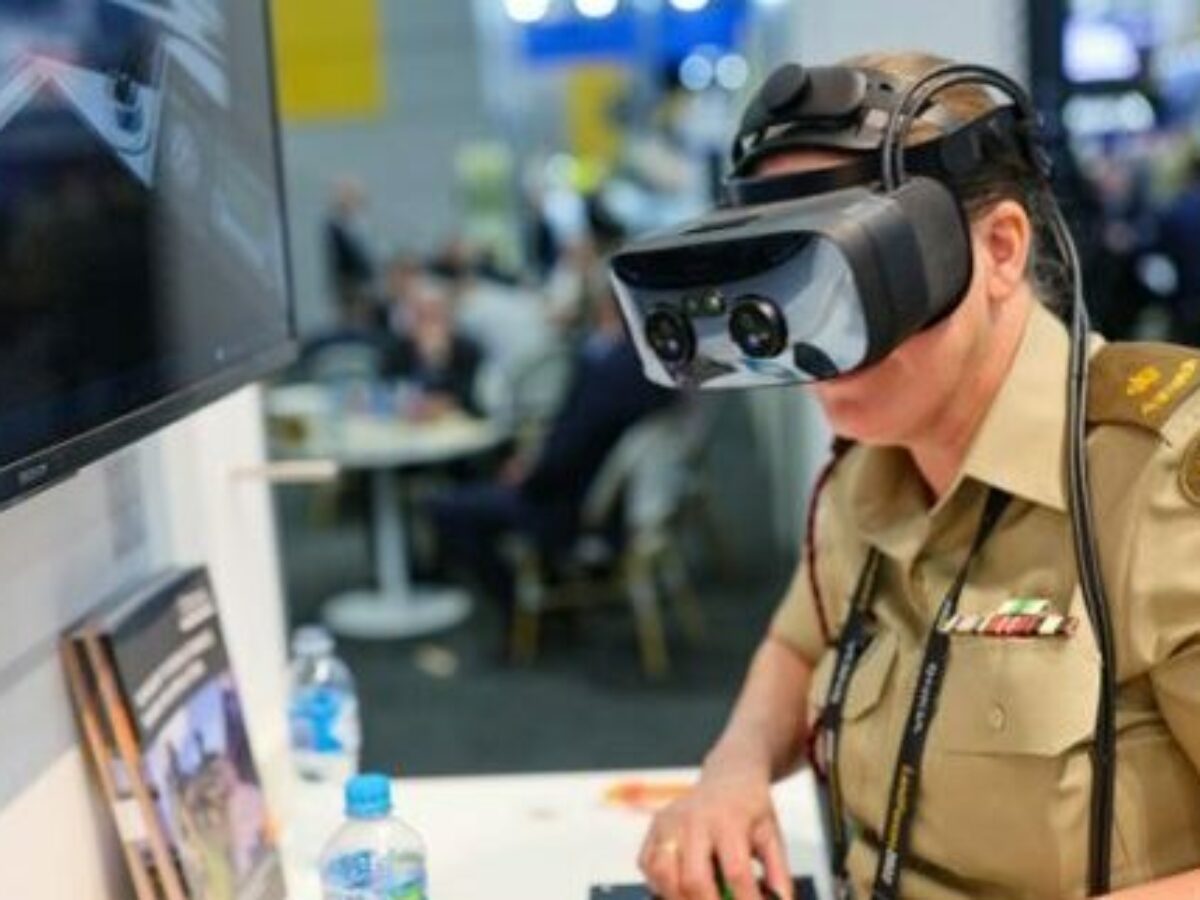Manufacturing and the metaverse

After a long history, during which it has only fairly recently improved past the point where it rapidly induces nausea in a user, virtual reality has begun demonstrating its worth in recent years.
You will probably have been to expos and heard about how CAD files can easily be turned into an object in a virtual world, enabling companies to show their products being used in the (virtual) field.
Or you may have seen the various virtual welding training platforms on offer.
Australian companies have gotten in on the VR-for-training act, too, such as Deakin University spinout FLAIM Systems, which is helping train firefighters around the world, or Hydac Australia’s solution, which was launched in March and can assist maintenance staff.
While training might be the most immediately clear application for VR and related technologies, Tom Pennington, who joined fast-growing Adelaide-based immersive technology company Lumination this year, says he’s witnessing a major shift among adopters in manufacturing.
“I think probably the biggest shift that I’ve seen is [that] traditionally VR and associated technologies were limited to the realm of training, and that they were being utilised across modern manufacturing for training and onboarding purposes. But then when it came time to perform operational functions and physical activities they were still then being done outside of that immersive technology space,” he tells @AuManufacturing.
“What we’re seeing now more and more is that the gap between traditional training and operational activities is now being bridged and we are seeing more and more of these technologies, particularly augmented reality technology, being taken into the operational environment.”
Lumination began in Adelaide in 2017 and has grown to nearly 100 employees this year, Pennington tells us. It recently opened a Sydney office and is looking to open another in Melbourne. The company provides solutions such as “Learning Labs” for customers, designing and fitting out an existing space, and providing educational materials.
In June it announced a three-year STEM outreach program in partnership with BAE Australia, named Beacon, initially delivered to 15 schools across NSW, Western Australia and South Australia.
In this episode of @AuManufacturing Conversations With Brent Balinski (recorded in October) Pennington tells us about Beacon and other work Lumination is involved in, how he expects “the metaverse” to change the way we learn, and how it can supplement older methods of absorbing new information.
Episode guide
0:34 – Introduction and professional background
1:42 – An introduction to some terms.
2:55 – What they do plus some recent projects.
5:32 – Overlay. A new project offering “truly democratised object recognition.”
7:10 – How is linking the physical and digital world actually useful for manufacturing companies?
8:56 – How has adoption changed among companies?
10:30 – Growth in headcount at Lumination and what’s driving this.
13:45 – The Beacon project.
15:45 – Why does immersive technology improve retention? And is the idea to replace book learning?
17:43 – How will “the metaverse” change our lives?
19:44 – The manufacturing ecosystem question.
Picture credit: BAE Systems Australia
This episode is sponsored by BAE Systems Australia.
@aumanufacturing Sections
Analysis and Commentary Awards Defence Manufacturing News Podcast Technology Videos










